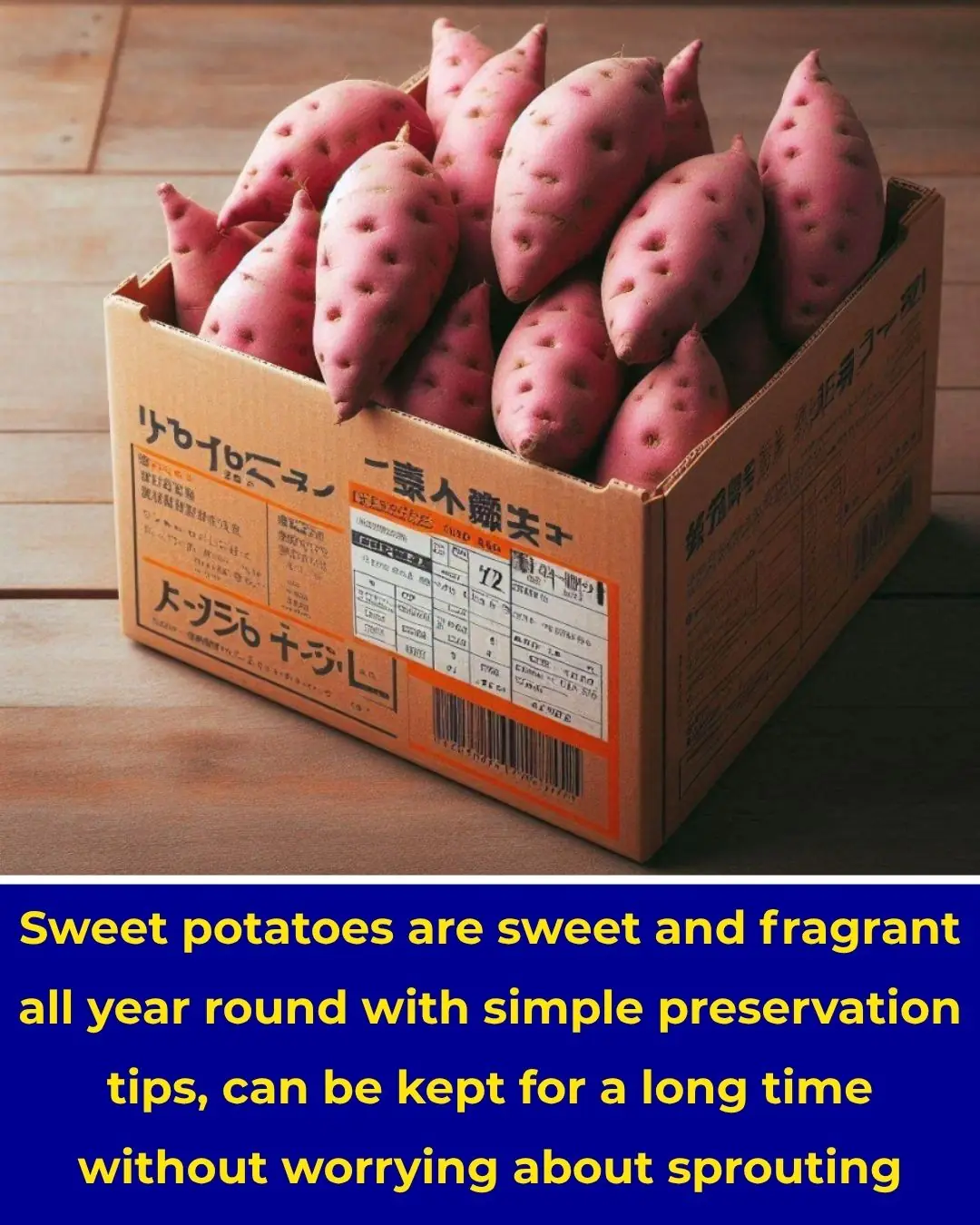
When buying oranges, just take a quick look at this point, and in just 1 second you'll know if the orange is Chinese or Vietnamese.

How to Tell Whether an Orange Is From Vietnam or China: Just Notice This One Small Detail
Oranges are rich in vitamin C and a wide range of beneficial nutrients. In Vietnam, oranges are typically seasonal—cam sành usually ripens in winter, while cam Vinh is harvested during late summer and autumn. However, in recent years, oranges have been available all year round. This is partly due to improved cultivation techniques, but also because a large volume of oranges is imported from China.
Chinese oranges are generally much cheaper than locally grown varieties, often priced at only 20,000–30,000 VND per kilogram. Although the appearance of the two types may seem quite similar, a closer look—and taste—will reveal noticeable differences.
More importantly, imported Chinese oranges can pose certain health risks compared to domestic produce. Many consumers purchase them regularly without realizing the potential dangers.
So, how can you tell Vietnamese oranges apart from Chinese ones? An experienced orange vendor shared three simple indicators that help you distinguish them quickly and accurately.
How to Distinguish Chinese Oranges from Vietnamese Oranges
1. Appearance
By observing the exterior of the fruit, you can already form a fairly accurate idea of its origin.
(Expanded content)
Vietnamese oranges often have a more natural, slightly uneven look due to traditional cultivation methods. Their rind may show small imperfections, natural pores, or color variations caused by sun exposure. In contrast, Chinese oranges tend to have a more uniform color and shape, as they are commonly grown in large-scale farms and sorted carefully before export. This factory-like uniformity sometimes makes them appear “too perfect” to be natural.
2. Aroma & Taste
Vietnamese Oranges
Vietnam-grown oranges have deep yellow segments and a distinctive citrus fragrance. As soon as you cut them open, the fresh aroma of essential oils is easy to notice.
The flavor is pleasantly sweet with a gentle acidity. Even when the fruit is not fully ripe, the sourness remains mild and refreshing rather than harsh.
Chinese Oranges
Imported Chinese oranges usually have pale lemon-yellow flesh and are often seedless. Although they contain plenty of juice, they lack the natural citrus aroma of Vietnamese varieties.
Their taste is sweet with very little acidity, but the flavor tends to be flat and less vibrant. Many people describe it as sweet but bland, without the rich complexity of local oranges.
3. Harvest Season
The time of year also provides valuable clues. When oranges are sold in their natural season, they are usually sweeter, more fragrant, and less likely to be treated with harmful chemicals. Each variety has its own harvest period:
-
Cam sành (Hà Giang, Tuyên Quang): December – February
-
Cam Sài Gòn: Available year-round
-
Chinese oranges: Typically imported around August – September
-
Cam canh: November – December (lunar calendar)
-
Cam Vinh: Late October until Lunar New Year
(Expanded content)
If you see large quantities of oranges being sold off-season at unusually low prices, especially with a highly uniform appearance, there is a high chance they are imported rather than locally grown.
Tips for Choosing Juicy, High-Quality Oranges
When buying oranges, keep the following in mind:
– Choose fruits that are round, firm, and evenly shaped.
– The skin should not be too smooth or too rough. Oranges with a slightly thick, raised stem area are often sweeter.
– Pay attention to the color:
-
Sài Gòn oranges should be fresh green.
-
Cam sành should be yellow but not too uniformly colored.
-
Avoid oranges that are unnaturally bright or evenly yellow—these may have been ripened artificially and often taste sour or watery.
– Pick up the fruit. If it feels heavy for its size, it’s likely juicy. Larger fruits that feel light are often dry and spongy inside.
(Expanded content)
You can also gently scratch the skin—fresh oranges release a mild citrus aroma. Those with no smell at all are often less flavorful.
How to Store Oranges Properly
To keep oranges fresh for as long as possible, try one of the following methods:
1. Baking Soda
Baking soda helps oranges stay fresh longer.
-
Dissolve a small amount of baking soda in water.
-
Wash the oranges thoroughly and soak them for about 1 minute.
-
Take them out and dry the skin completely.
-
Put them in a plastic bag, seal it tightly, and store in the refrigerator.
2. Salt Water
Salt water works similarly to baking soda.
-
Mix salt with clean water.
-
Wash the oranges and soak them for 2 minutes.
-
Remove them and dry the skin gently—avoid scratching or damaging the peel.
-
Place them in an airtight box or sealed bag and refrigerate.
Important:
Do not store oranges together with raw meat, fish, or strong-smelling foods. Cross-contamination can cause bacteria to spread and spoil the fruit faster.
With these two storing methods, your oranges can remain fresh and juicy for 2–3 weeks, almost as if they were freshly picked.
News in the same category


Effective tips to deodorize the toilet, many people do not know
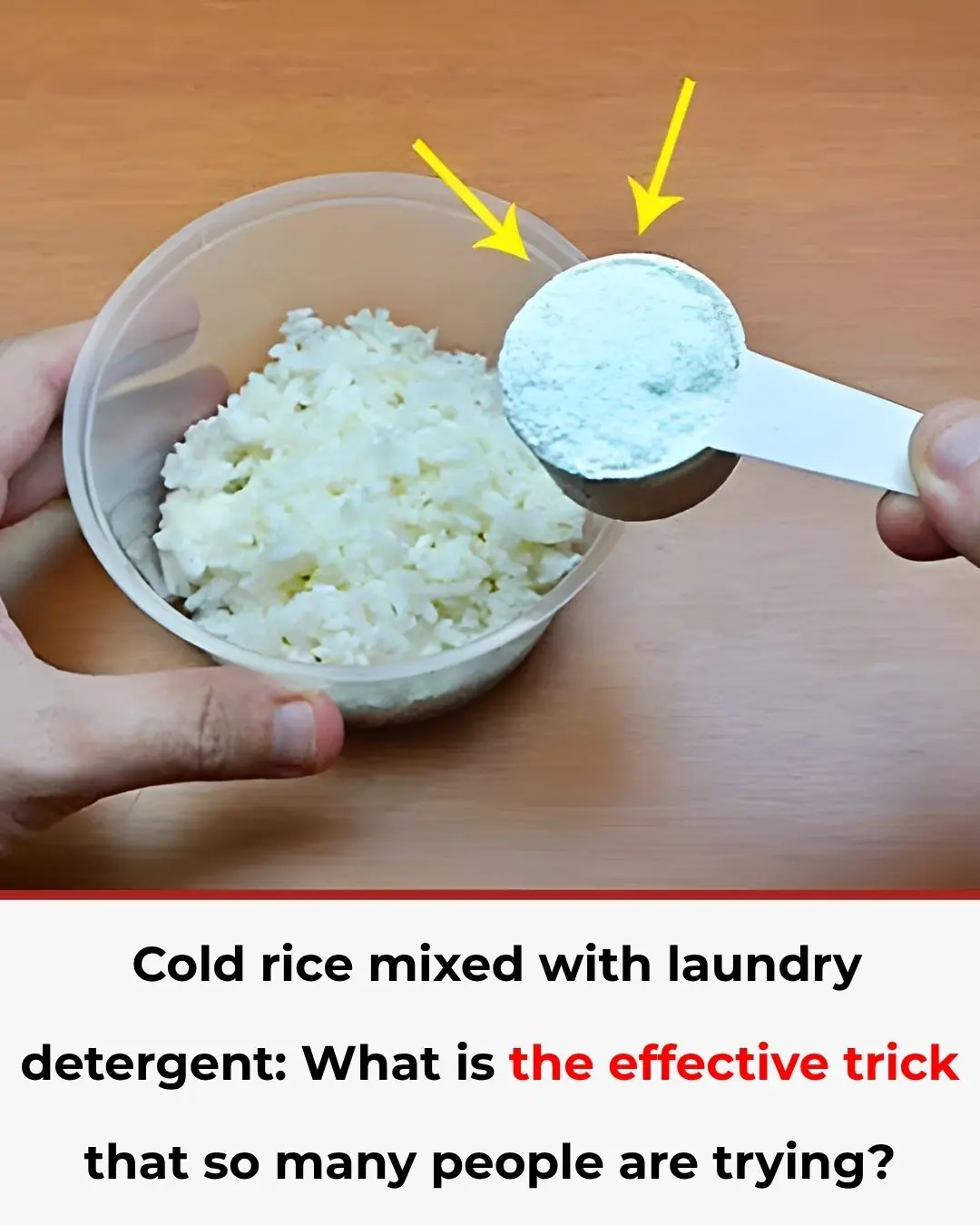
Cold rice mixed with laundry detergent: What is the effective trick that so many people are trying?

3 Deadly Mistakes People Make with Water Heaters – Don’t Risk Your Life

Just Minced Meat, But Made This Way, It Becomes Irresistibly Delicious

Top 10 Occupations with the Highest Risk of Cancer
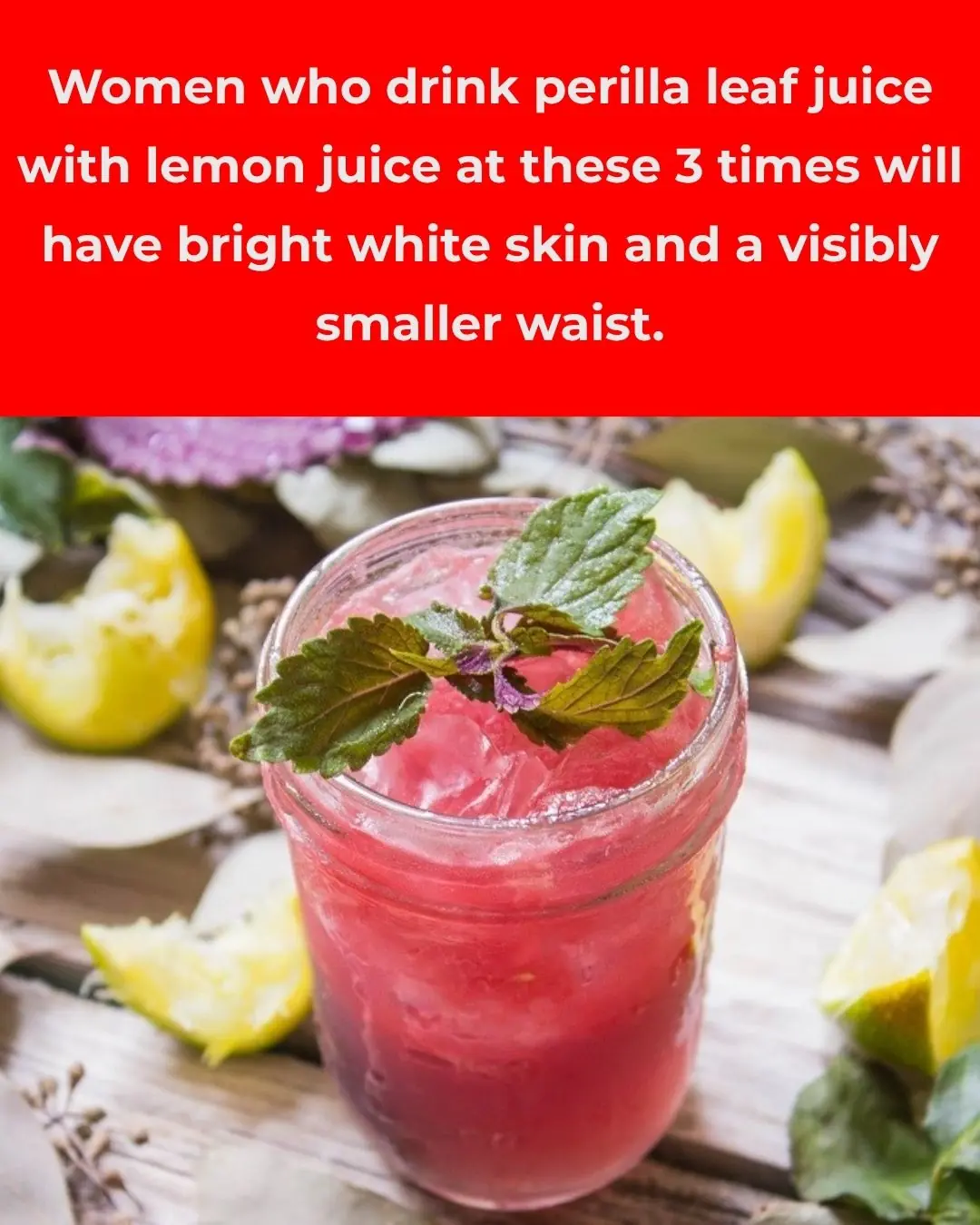
Women Who Drink Perilla Leaf Water with Lemon at These 3 Times: Brighter Skin and a Slim Waist

Why Is the Left Burner of a Gas Stove Not Ideal for Cooking?

Is It Dangerous to Stay Inside a Car During a Lightning Storm?
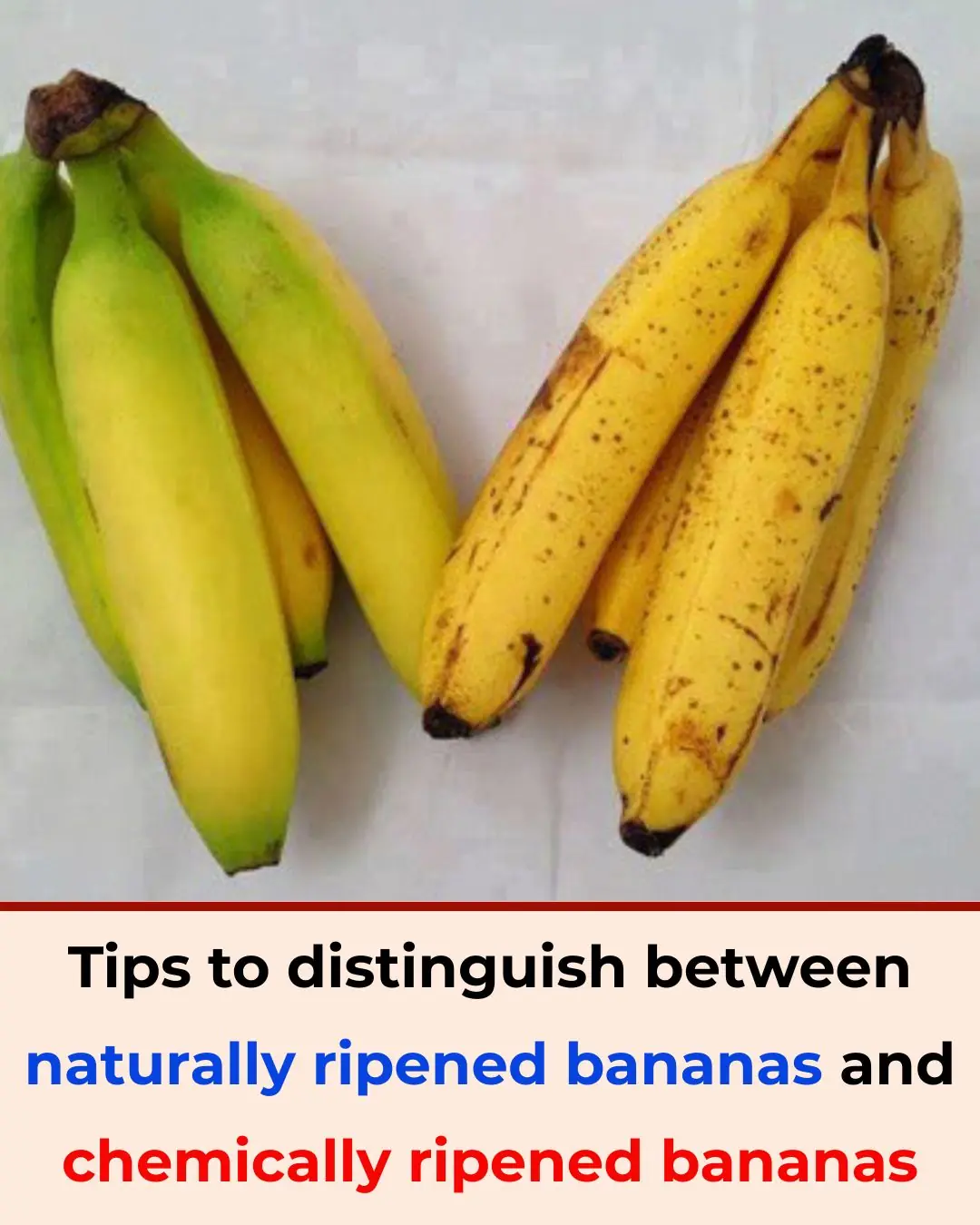
Tips to Distinguish Naturally Ripened Bananas from Chemically Ripened Ones

My Nana’s 2-Minute Trick to Get Rid of Puffy Eyes (No Work Needed!)
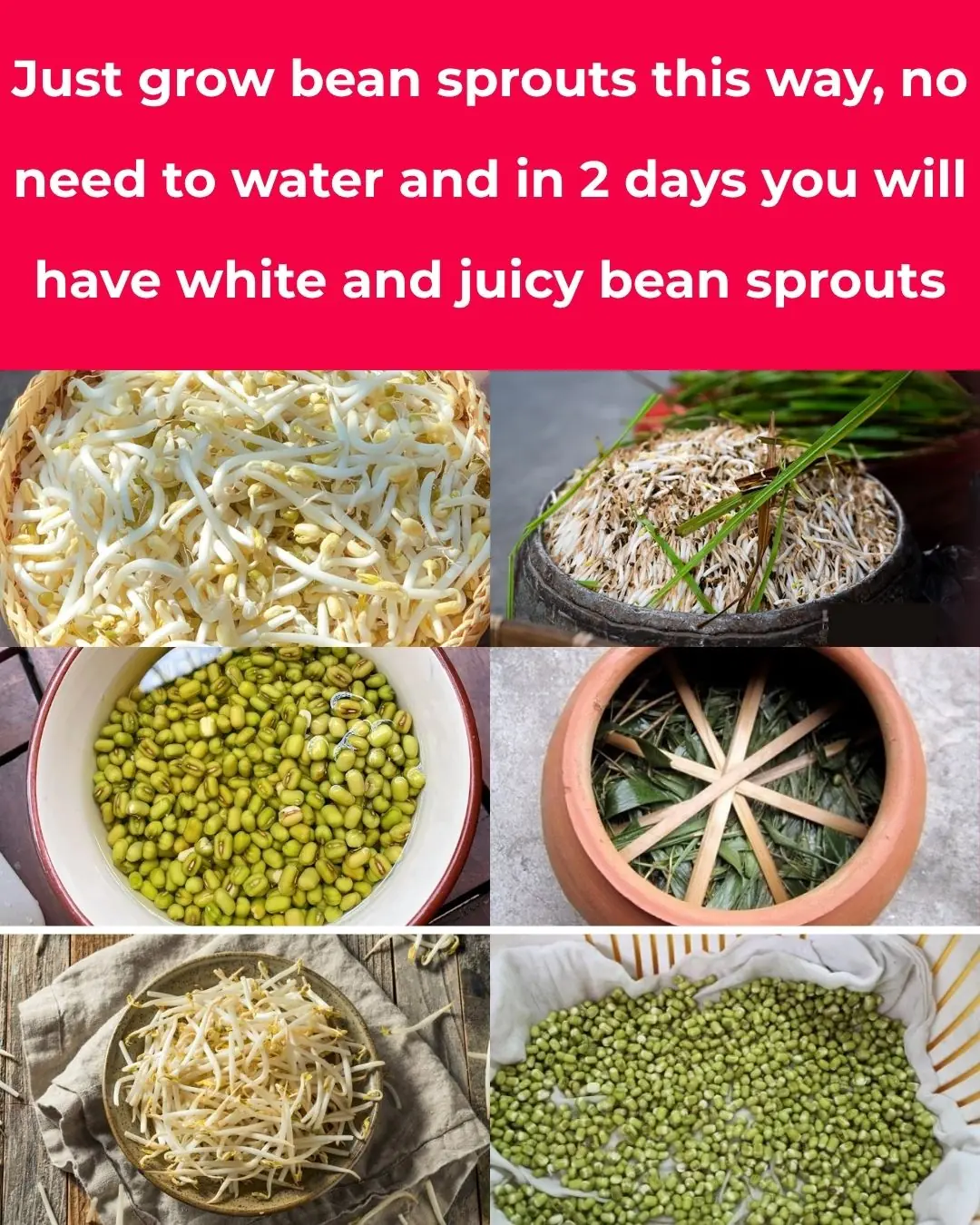
JUST MAKE THE RACK THIS WAY

Doctors reveal that eating guava causes...

The shower head is easily clogged after long use. This way, the dirt will drain away by itself and replace it with a new one
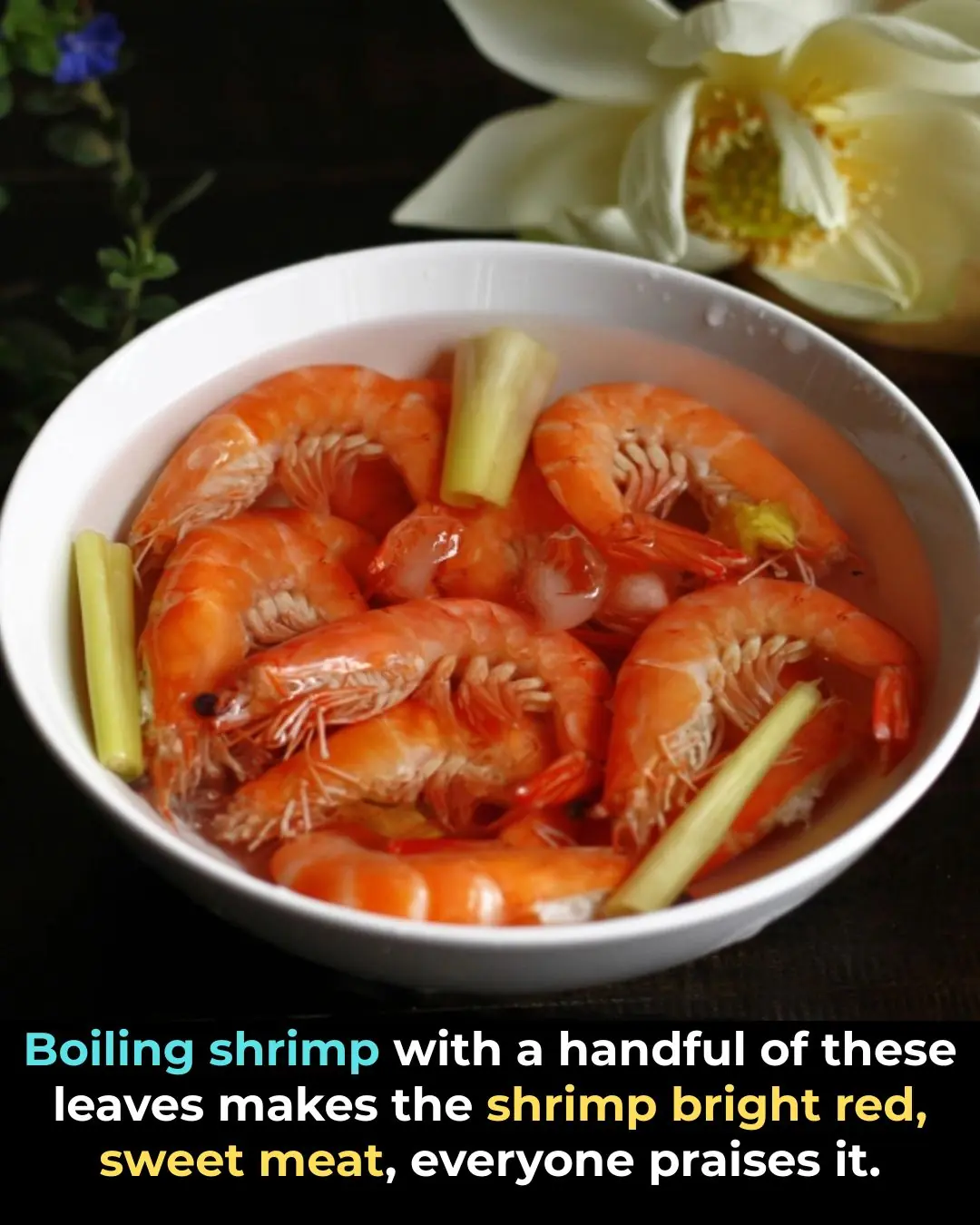
Boiling shrimp with a handful of these leaves makes the shrimp bright red, sweet meat, everyone praises it.

New Towels Feeling Sticky and Smelly? Soak Them in This to Make Them Clean

🧼 Here’s My Easy Way to Clean Oven Racks: Just One Bag & a Natural Soak
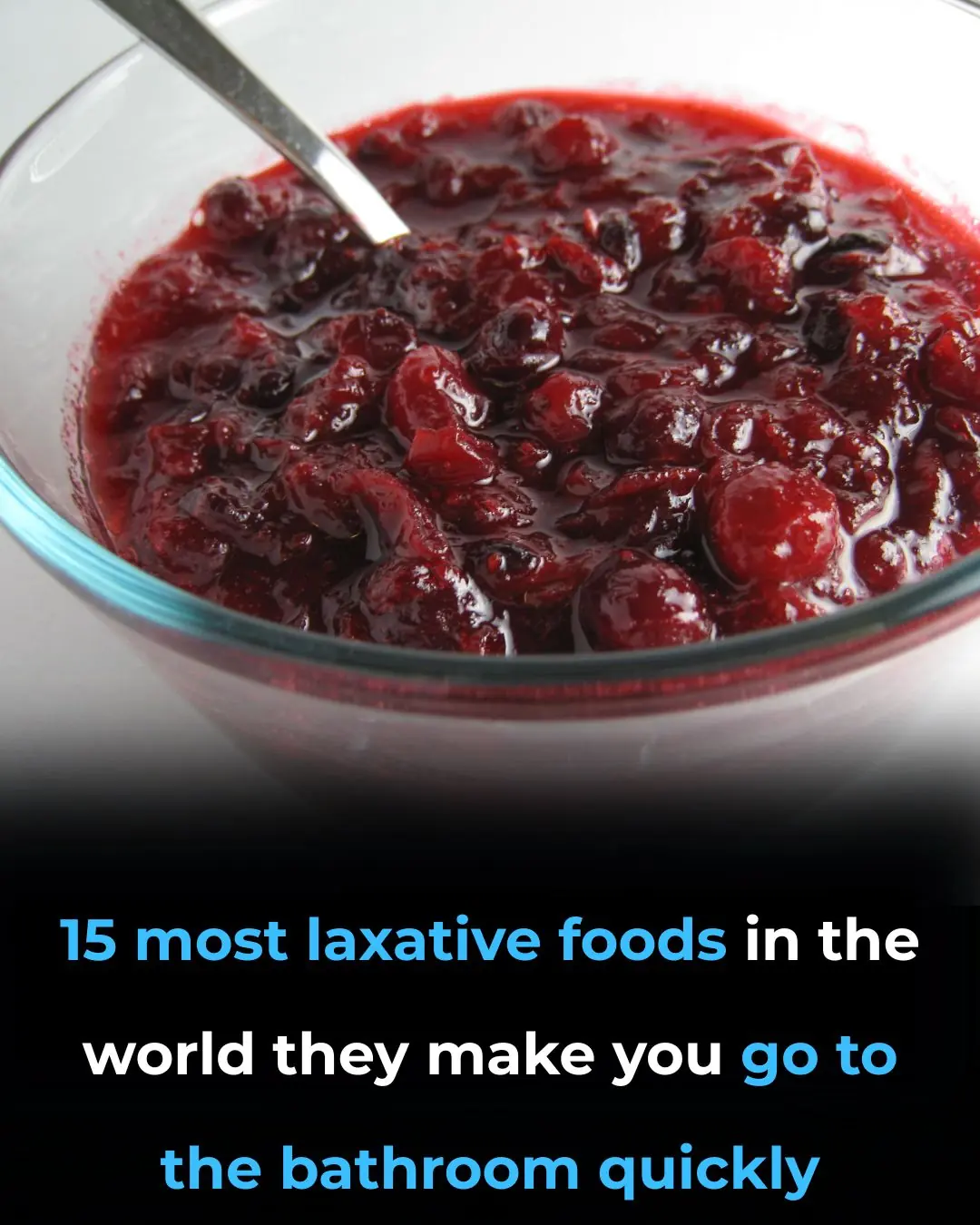
🍌 5 High-Fiber Foods That Naturally Support Digestion & Relieve Constipation

Crush a handful of these leaves and place them in the room.
News Post

Mike Tindall Frozen on the Spot: His Blunt Reaction to an Andrew Question Says Everything

Atomic Kitten star Liz McClarnon shares first pictures of miracle baby: ‘We’ve waited a long time for this’

Tom Fletcher and son Buzz’s Children in Need duet airs for first time and leaves fans in tears

Not Lewis?! Emmerdale Fans Convince Themselves They’ve Found Kev’s REAL Son

Viewers Stunned as EastEnders Confirms Nicola’s Pregnancy — but the Father Could Be ANYONE

Why Did Kris Jenner Delete Meghan & Harry from Her Birthday Photos? The Internet Thinks It Knows…

World’s deadliest cancer: 8 early warning signs every older adult should know

Eat okra every day? Here’s what happens to your body!

Holy basil shown to cut stress hormone cortisol by 36% in 40 minutes

These 14 Foods Will Improve Your Kidneys’ Ability To Detox Like Never Before!
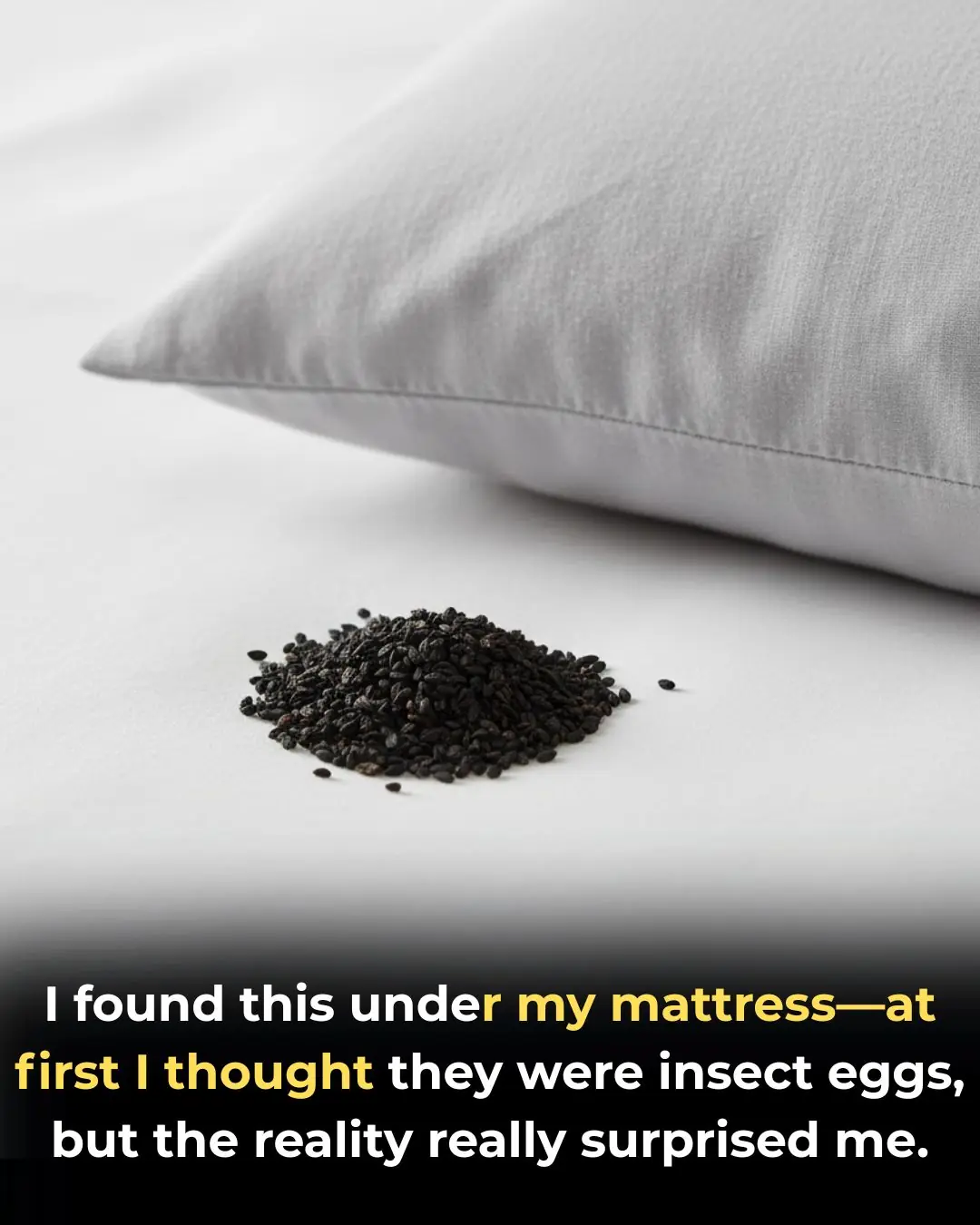
I Thought I Found Insect Eggs Under My Bed

The Best Foods to Cleanse and Prevent Clogged Arteries

Sweet potatoes are sweet and fragrant all year round with simple preservation tips, can be kept for a long time without worrying about sprouting

Effective tips to deodorize the toilet, many people do not know

Cold rice mixed with laundry detergent: What is the effective trick that so many people are trying?

This Plant Is More Than Just a Kitchen Herb — It’s One of the Most Powerful on Earth

Many People Still Don’t Know The Meaning Behind Shoes Strung Up On A Power Line

Arnold Schwarzenegger’s Son Continues His Impressive Weight-Loss Journey
